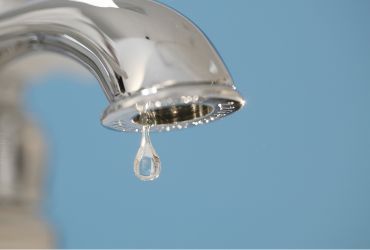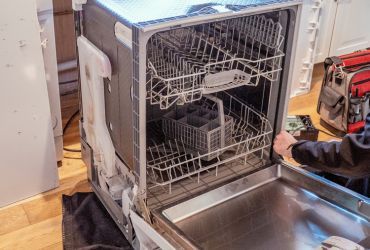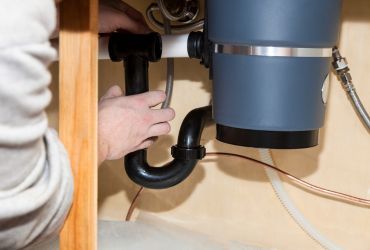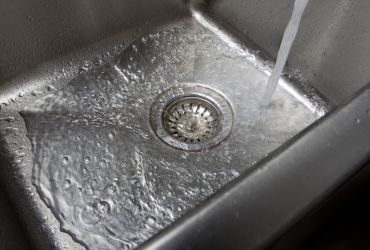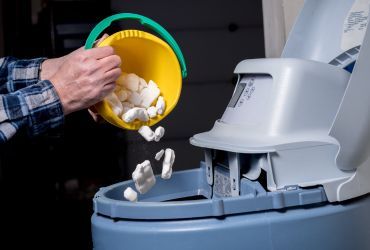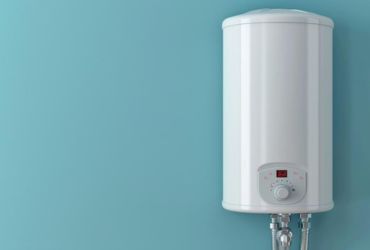What is the Average Cost of Faucet Installation in Tucson, AZ?
Thinking of upgrading your faucet? Whether it’s for a sleek new kitchen look or fixing that pesky drip in your bathroom, faucet installation is a common home improvement task. In Tucson, AZ, the average faucet installation cost ranges between $150 and $400, depending on several factors we’ll dive into shortly.
For Tucson homeowners, hiring faucet installation professionals can make a big difference. Not only do you ensure the job is done correctly the first time, but you also save time, avoid plumbing headaches, and potentially costly water damage from DIY mistakes. Professional faucet installation services typically include removal of the old fixture, installation of the new one, leak testing, and sometimes minor modifications to existing plumbing.
Whether you’re updating your bathroom or redesigning your kitchen, choosing the right installation service can help you maximize value and functionality. Let’s explore the main factors that impact the faucet installation price, what to expect from a professional service, and more.
Factors That Affect the Cost of Professional Faucet Installation in Tucson, AZ
Several factors influence the final faucet installation cost in Tucson, ranging from the type of faucet to the complexity of your plumbing system. Here’s a breakdown of what can affect your bill:
1. Type of Faucet (Kitchen vs. Bathroom)
Not all faucets are created equal! A kitchen faucet installation often involves pull-down sprayers, filtration systems, or touchless technology, making them more complex than a standard bathroom faucet installation. On average:
- Bathroom faucet installation costs: $150-$250
- Kitchen faucet installation costs: $200-$400+
Luxury or high-tech faucets can drive the price even higher due to specialized parts or extra wiring. It is best to get an upfront quote from multiple professionals and compare their offers before choosing one for your home.
2. Existing Plumbing Conditions
If your current plumbing setup is outdated or incompatible with the new faucet, additional labor may be required to upgrade or modify it. This can add $50 to $150 to the total installation cost. For example:
- Corroded or leaky pipes may need replacing
- Pipe resizing or valve upgrades could be necessary
Homes in older Tucson neighborhoods may be more prone to this type of extra work.
3. New Installation vs. Replacement
Installing a faucet in a brand-new location (like a kitchen remodel) can be more costly than simply replacing an old one. New installations typically require cutting into cabinetry, adding plumbing lines, and potentially running new drains, adding $200-$500+ to your invoice.
4. Labor Rates in Tucson, AZ
Local labor costs also play a role. In Tucson, faucet installation professionals typically charge $75 to $150 per hour. If your project takes longer due to complex plumbing or custom installations, your final cost will reflect the added time.
5. Extra Fixtures and Accessories
Want a soap dispenser, water filter, or LED faucet light? These extras can increase material and installation costs. Be prepared to spend an additional $50–$150 depending on the number and complexity of these additions.
What to Expect from a Professional Faucet Installation Service in Tucson, AZ?
Hiring professional faucet installation services ensures you get not just an efficient install but also long-lasting functionality. Here’s what the typical process includes:
1. Initial Consultation and Cost Estimate
Most plumbers will start with an on-site visit or a quick video call to assess the situation. You’ll receive a clear breakdown of the faucet installation price, including parts and labor.
2. Removal of the Old Faucet
The old fixture is carefully removed to prevent damage to your countertops or cabinetry. If corrosion is present, pros will clean or replace affected connections.
3. Installation and Leak Testing
Your new faucet is installed using sealants and gaskets to prevent future leaks. Water lines are tested thoroughly to ensure secure, watertight connections.
4. Minor Adjustments and Clean-Up
Professionals will adjust water pressure, temperature mixing, and secure fittings. Expect a clean work area and a quick demonstration of your new faucet’s features.
With Tucson’s hard water, experienced plumbers may also recommend filtration solutions or descaling options to extend the life of your new faucet.
Frequently Asked Questions About Faucet Installation
Can I install a faucet myself?
Yes, if you’re handy with tools and comfortable with plumbing, DIY is possible. But it’s easy to overtighten parts or cause hidden leaks, which could cost more down the line. Hiring faucet installation professionals offers peace of mind and warranty-backed work.
How long does professional faucet installation take?
Usually between 1 to 2 hours. More complex jobs or plumbing adjustments may take longer.
Is the faucet included in the installation cost?
Not always. Some faucet installation services may include a standard model, but many allow you to choose your own. Be sure to ask what’s included in your quote.
Do I need to replace shut-off valves too?
Only if they’re corroded or not functioning properly. Replacing them can add $50–$100, but it’s worth it for safety and convenience.
How often should faucets be replaced?
A well-maintained faucet can last 15–20 years. If you notice rust, poor water pressure, or persistent leaks, it may be time for a new one.
Final Thoughts On Faucet Installation in Tucson, AZ!
Upgrading your faucet isn’t just about aesthetics, it’s about function, efficiency, and preventing long-term plumbing issues. In Tucson, AZ, the average faucet installation cost ranges from $150 to $400, depending on the type, plumbing condition, and labor involved.
Hiring professional faucet installation services takes the guesswork out of the process, ensures the job is done safely, and often comes with a warranty for added protection. Whether you’re considering a simple bathroom faucet installation or a high-end kitchen faucet installation, it’s always a smart move to rely on trained experts.
Need help in Tucson? Call Cummings Plumbing!
At Cummings Plumbing, we’re proud to be the go-to team for faucet installation in Tucson. Our friendly, licensed plumbers are committed to quality service with honest pricing. Whether it’s a quick swap or part of a full kitchen makeover, we’re here to help. We work cleanly, efficiently, and with a smile, because we know plumbing should be stress-free for you.
Call us today for a free quote or book online. Let’s get that faucet flowing!





